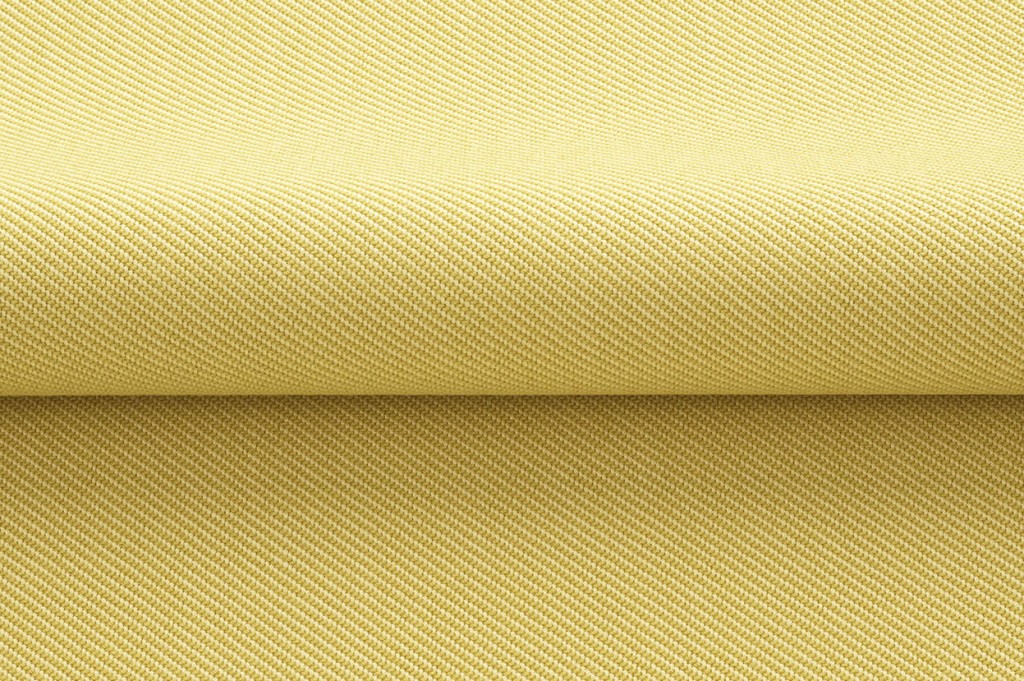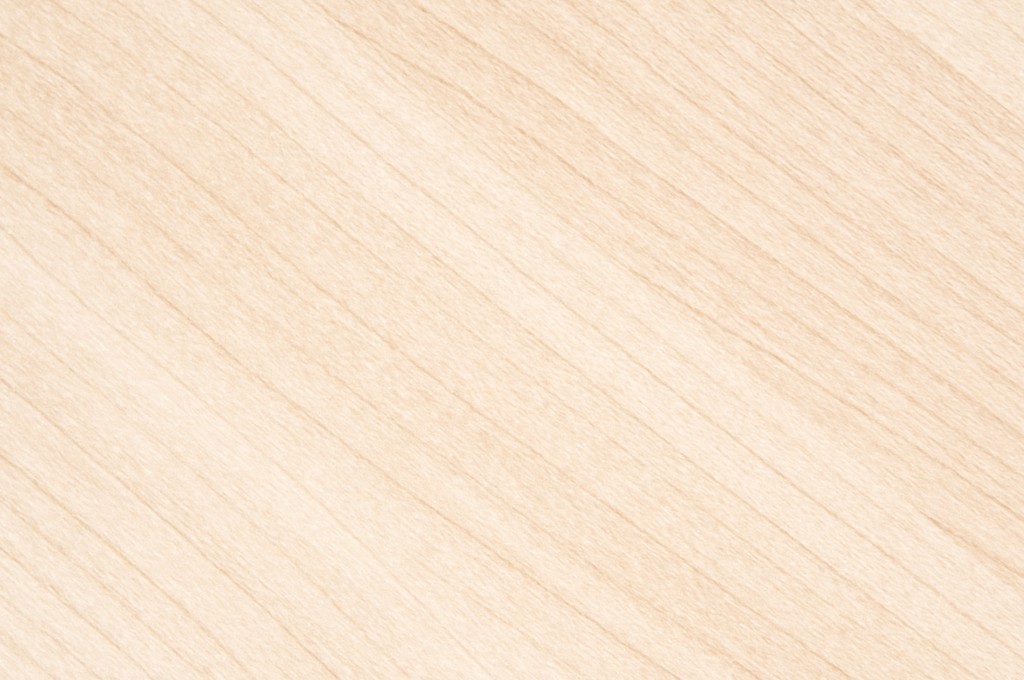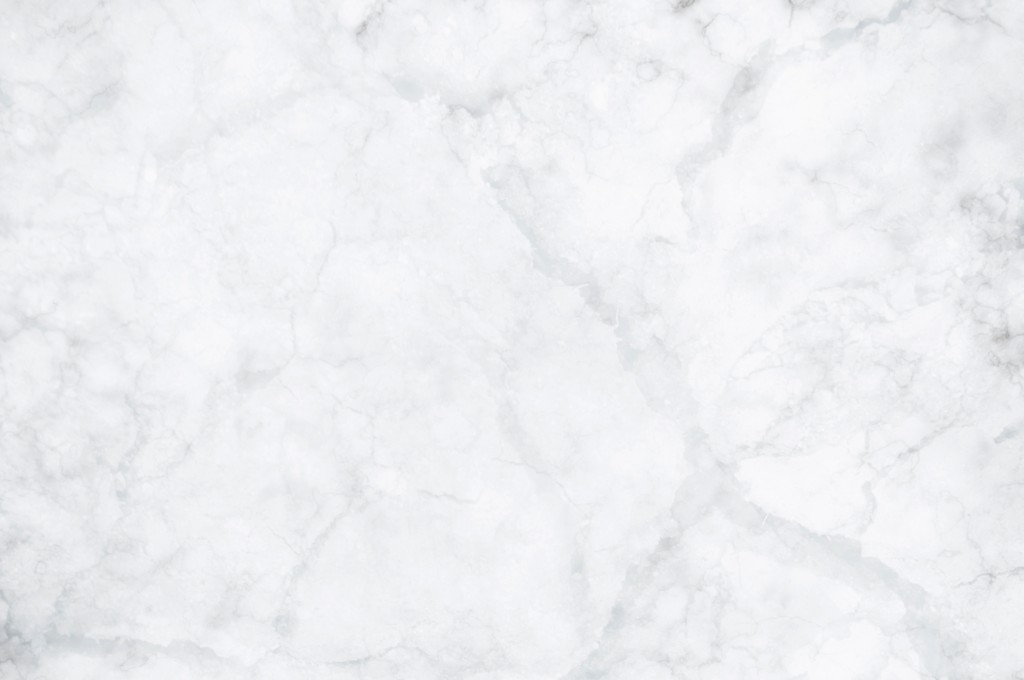A golden rule for stain removal is to remove the stain as soon as possible. Clean the surface using a mild detergent. Usually water and small amount of washing-up liquid is enough, or a mild pH-neutral detergent. Take care when using chemicals and tools. Avoid steel wool, coarse sponges, alkaline detergents, solvents like white spirit and preparations containing abrasives.
Do not use disinfectants containing high concentrations of alcohol or alkaline substances, such as 70% alcohol. We recommend products such as SanDes (DTI Sweden) and Virkon (Viroderm).

Textiles
We recommend careful vacuuming, ideally once a week, with a gentle nozzle, to help maintain the fabrics colour and appearance. For removable covers, see the manufacturer’s washing instructions or contact us for advice.
Look up information on stain removal for the specific type of stain: chocolate, coffee, ink, etc. Test the cleaning agent on a smaller, less visible area before using it. We always recommend contacting a professional dry cleaner, especially for larger stains and/or thorough cleaning.
Leather
If leather is not cleaned regularly, the grease can gradually dissolve the surface protection which most leathers have. Without any form of protection, grease can appear as dark spots in the leather.
Vacuum using a gentle brush nozzle and clean using protective products intended for leather. Wipe down with a damp cloth and wipe dry afterwards.
Leatherupholstered furniture should be positioned at least 20-30 cm from any heat source and should not be exposed to direct sunlight for longer periods of time.

Wood
Wood surfaces are sensitive to heat and moisture. Do not place hot objects directly onto wood surfaces and leave a gap between furniture and radiators. The appearance of wood changes over time, especially when exposed to sunlight. Make sure the whole wood surface is exposed to the same amount of light.
Wipe down regularly with a damp cloth, and possibly a mild detergent, followed by a dry cloth. Do not use scouring powder or products containing abrasives or ammonia.
An oiled tabletop should be oiled regularly in the first six months and then once or twice a year to keep the surface protected. A lacquered surface does not require much maintenance, but remember to quickly wipe of any spills made from pigmented liquid that can stain the surface.
Laminate
Laminate is durable and does not require any special care. To remove stains, wipe the surface with a damp cloth. Water and ordinary synthetic cleaner will dissolve most dirt stains.
Tougher stains require a concentrated detergent, which is then wiped off with a clean cloth soaked in a mixture of water and ideally spirit or window cleaner. Wipe dry with a clean cloth.

Stone
Stone can generally withstand heat, cold and most liquids. However, take care with salt, lemon and carbonic acid, which can corrode stone, while oil and grease may soak in.
Clean by scrubbing with a brush and soapy water, then rinse with water. To remove stains, leave a sponge soaked in soap solution on the stain overnight. For optimum results, look up how best to care for your specific stone material or contact us.
Metal
Wipe the surface with a dry or damp cloth for daily cleaning. Wipe dry as needed. For tough dirt or tarnished chrome, aluminium or stainless steel, use a cloth moistened with pure alcohol.
Plastic and PUR-rubber
Wipe the surface with a dry or damp cloth for daily cleaning. Wipe dry when needed. Use a mild cleaning agent when needed.